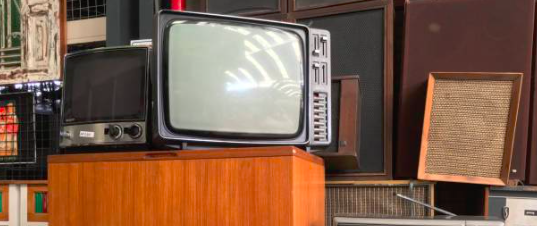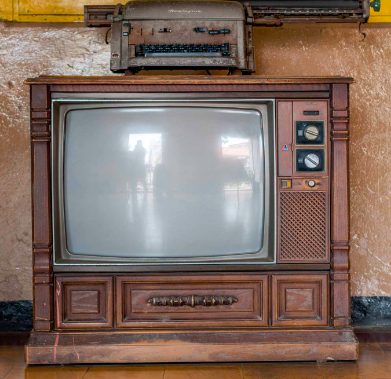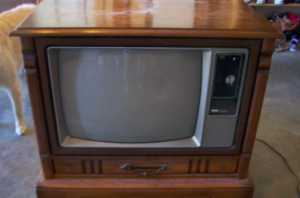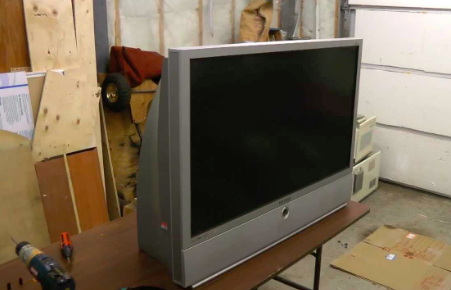CRT Tube TV
Depending on the size of the CRT from $25 to recycle.
Pick up from curbside. There will be handling fees if we have to enter your home or apartment.
We do offer discount to senior citizen in our covered areas



A console television is a type of CRT television most popular in, but not exclusive to, the United States and Canada. Console CRT televisions are distinguished from standard CRT televisions by their factory-built, non-removable, wooden cabinets and speakers, which form an integral part of the television’s design
Rear-projection television is a type of large-screen television display technology. Until approximately 2006, most of the relatively affordable consumer large screen TVs up to 100 in used rear-projection technology. A variation is a video projector, using similar technology, which projects onto a screen.
Rear-projection television (RPTV) is a type of large-screen television display technology. Until approximately 2006, most of the relatively affordable consumer large screen TVs up to 100 in (250 cm) used rear-projection technology. A variation is a video projector, using similar technology, which projects onto a screen.
Three types of projection systems are used in projection TVs. CRT rear-projection TVs were the earliest, and while they were the first to exceed 40″, they were also bulky and the picture was unclear at close range. Newer technologies include DLP (reflective micromirror chip), LCD projectors, Laser TV and LCoS. They are capable of producing high-definition content up to 1080p resolution, and examples include Sony‘s SXRD (Silicon X-tal Reflective Display), JVC‘s D-ILA (Digital Direct Drive Image Light Amplifier) and MicroDisplay Corporation’s Liquid Fidelity.[1]

A plasma display panel (PDP) is a type of flat panel display that uses small cells containing plasma: ionized gas that responds to electric fields. Plasma televisions were the first large (over 32 inches diagonal) flat panel displays to be released to the public.
Until about 2007, plasma displays were commonly used in large televisions. By 2013, they had lost nearly all market share due to competition from low-cost LCDs and more expensive but high-contrast OLED flat-panel displays. Manufacturing of plasma displays for the United States retail market ended in 2014,[1][2] and manufacturing for the Chinese market ended in 2016.[3][4] Plasma displays are obsolete, having been superseded in most if not all aspects by OLED displays.[5]
You should always recycle your TVs and monitors to keep them out of our precious landfills. TVs and monitors are made up of several different hazardous materials that are harmful to the environment. Old CRT televisions and monitors contain high levels of lead in the glass. Exposure to lead can affect mental and physical development and at high levels be fatal.
They also contain cadmium which is another toxic element. Acute exposure to cadmium may cause flu-like symptoms including chills, fever, and muscle ache sometimes referred to as “the cadmium blues.” Symptoms may resolve after a week if there is no respiratory damage. More severe exposures can cause tracheo-bronchitis, pneumonitis, and pulmonary edema. In newer TVs and monitors such as LCD, LED, and Plasma displays, traces of mercury and other materials can be found and be harmful if exposed.
It is also important to recycle your TV’s and Monitors because they contain rare materials that can be recycled and reused in new products and save money and precious resources for extracting more materials. They can take up a lot of precious space in landfills and take a long time to remove because of their size.

